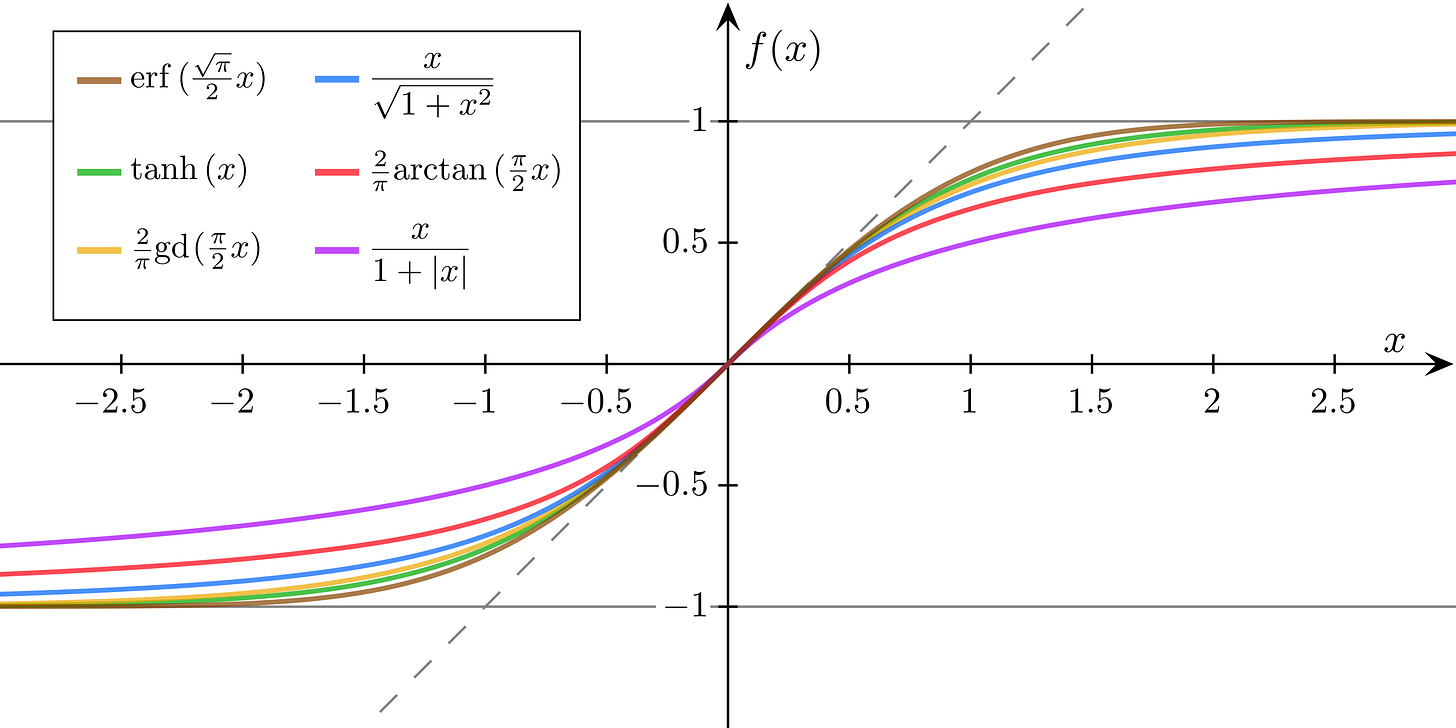The S-curve
How we learned to stop worrying and trust the process
We want immediate results but rarely get them
Most learning curves are S-curves (or Sigmoid functions) which mean that things are really hard in the beginning and then get easier with time.
S-curves are the general form of all learning curves, with slowly accumulating small steps at first followed by larger steps and then successively smaller ones later, as the learning activity reaches its limit.
That idealizes the normal progression from discovery of something to learn about followed to the limit of learning about it.
In this case the improvement of proficiency starts slowly, then increases rapidly, and finally levels off.
The S-curve is applied to complex systems like innovation, organizational behavior, creative pursuits, and learning new skills aka learning Chinese, stating a startup, designing a house, painting from scratch, etc.
Day in day out, few things change — or at least we don't notice the improvements — and it’s frustrating.
These changes happen so gradually that they are imperceptible until you hit an inflection point of rapid improvement.
Trusting the process
The feeling of rapid improvement is exhilarating. Once achieved, it’s half of the pleasure of dedicating yourself to a new endeavor. These periods don’t come quickly.
They take time, they take patience.
If we've run this experiment on ourselves before then we know reaching some success is an inevitability, so we can push through the lack of not knowing and chaos.
And an understanding of the S-curve helps us temper the feelings of inadequacy that come with new things.
You've probably heard the quote, “we overestimate what we can do in a year and underestimate what we can do in 10 years.”
Be it building a new app, learning a new skill, pivoting your career — they can be scary but the more you embrace the S-Curve, the less scary these things become.
The real joy in life comes from the satisfaction of dedicating ourselves to a pursuit and overcoming our own self doubts.
We can be patient, we can trust the process, we can trust ourselves.

